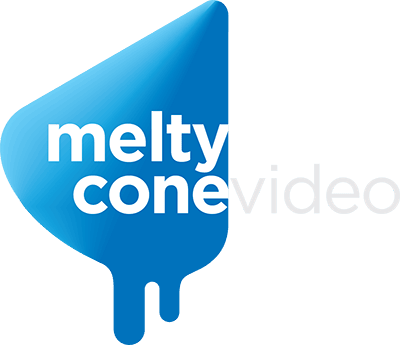Codec is quite a difficult term for many people to grasp. In this article, we’re going to take a look at everything you need to know about codec.
What is codec?
Codec is an amalgamation of two words, coder and decoder. Video files normally reach file sizes which are quite large. This has resulted in people looking for ways to make these file sizes smaller. The result is codec. Codec helps compress videos for storage and sending. It encodes and decompresses videos for playback or for editing.
Codec may be used in hardware to turn incoming video as well as audio into a digital format. It can happen in real-time. Codec can also do the reverse. It can turn video as well as audio signals into a playback format. Video production agencies in NYC have lots of experience with different types of codec.
Types of codecs
There are a variety of codecs available. Video production companies choose different codecs depending on their needs as well as the video services they offer. The first level of differentiation between codecs is between lossless codecs and lossy codecs.
Lossy codec – People who look to shrink file sizes to manageable levels opt for lossy codec. Lossy codec comes with the advantage of shrinking file sizes to a smaller format. However, the disadvantage is that there is a small amount of data lost, which results in a drop in audio quality, video quality, or both.
Lossless codec – Lossless codec results in a file being the same after decompression. There isn’t as much of a loss in quality when compared to lossy codec. The reason that many people opt for lossy codec over lossless codec is that lossless codec isn’t an efficient way of storing large files as there isn’t a lot of compression which takes place. Lossless codec also results in a loss of a lot of bandwidth when making use of online transmission. While all codecs work towards the same goal, their means differ.
MPEG –MPEG is an acronym for Moving Picture Experts Group. The organization sets as well as codifies the standards. There are many MPEG formats as well as many derivative types. MPEG-1 makes use of incredibly high quality. The MP3 standard is standard for audio compression and is an application of the MPEG-1 data stream. MPEG-1, as well as MP3, is supported by nearly all computers and consumer DVD players. One of the drawbacks of MPEG-1 is that it only allows for progressive scanning. Progressive scanning is a technique of storing as well as displaying moving images. In this technique, all of the lines of the image are drawn in sequence.
MPEG-4 – MPEG-4 makes use of progressive as well as interlaced video. It makes use of better compression techniques than MPEG-1. It consists of many parts. MPEG-4 Part II uses video encoders such as DivX and XviD to encode the video while the audio is carried over in the MP3 format.
H.264 – High definition material takes advantage of H.264. It can be thought of as being the swiss army knife of the world of codecs. It can make use of lossy as well as lossless compression. H.264 uses x264 for the encoded video while the audio is encoded using AAC or MP3 audio codecs.
What is a container?
Containers consolidate the audio, video, and codec files into an organized package and may also contain metadata, chapter information, subtitles, additional audio files for different spoken languages and so on.
They normally run similar to .exe (executable) files on Windows. It makes use of .bat to tell Windows that all of the executable commands must be run in conjunction in order to achieve the desired result.
Examples of popular containers include flash videos such as .flv and .swf. Flash was phased out because of limitations to the technology. The container is all set to disappear after its omission from iOS devices for Adobe.
Another example of a popular container is MKV. MKV was designed to be future proof with the container supporting many audio as well as video formats which makes it efficient and adaptable.
This article covers the basic of codecs. This article would be quite long if all of the codecs were listed in it. The article was written to give readers a better understanding of what codecs are and what they’re used for. If you’d like to know more about video production, contact a company which deals with video services. The best ones are found in NYC.


